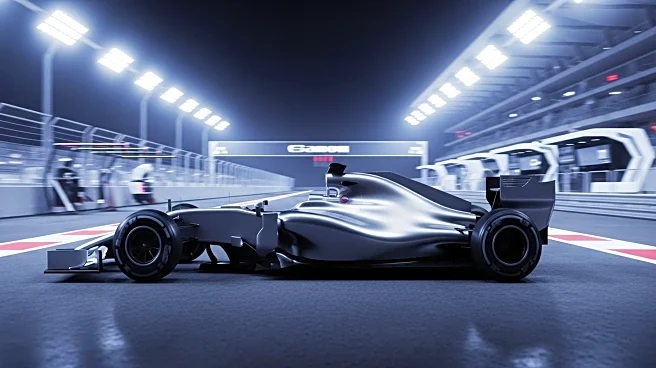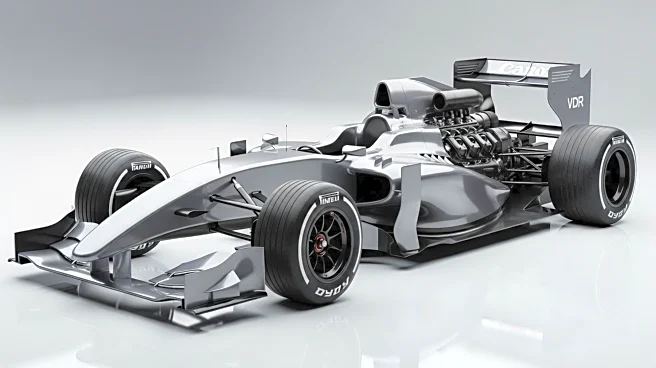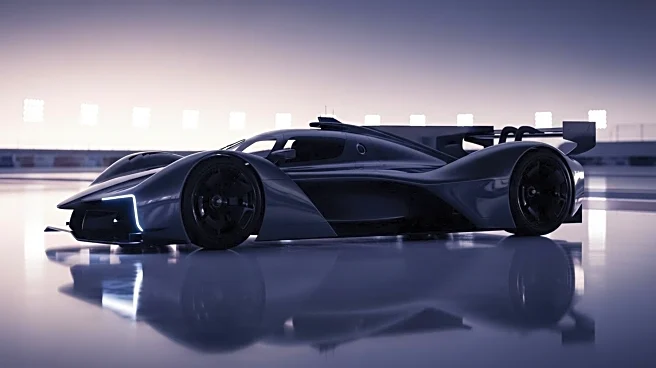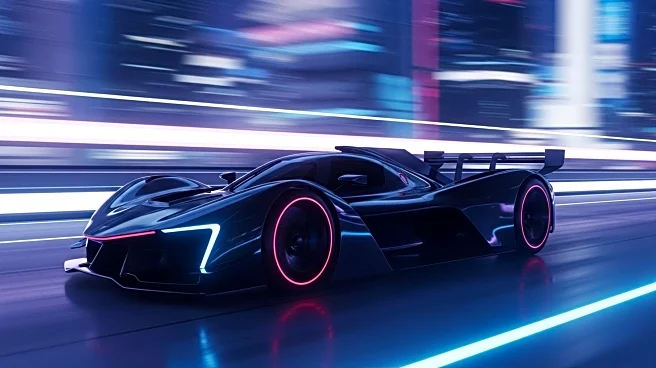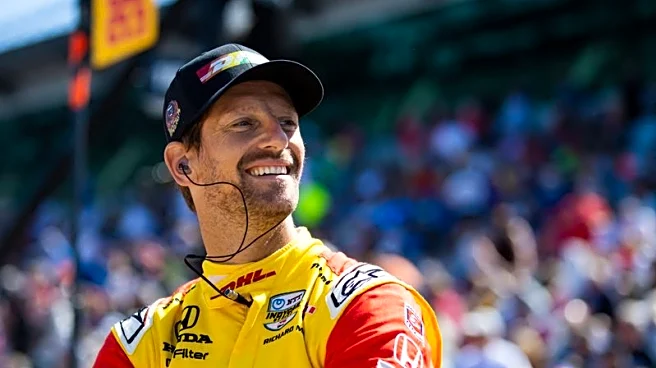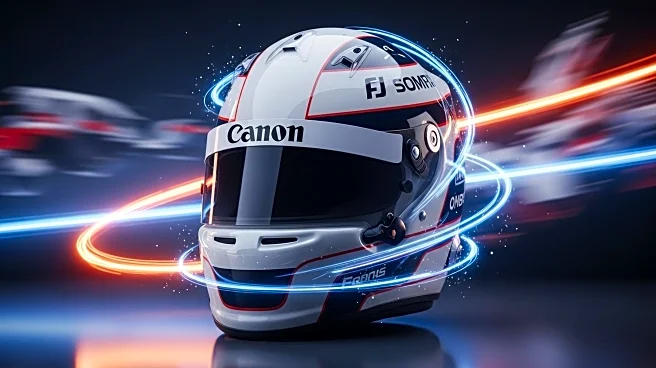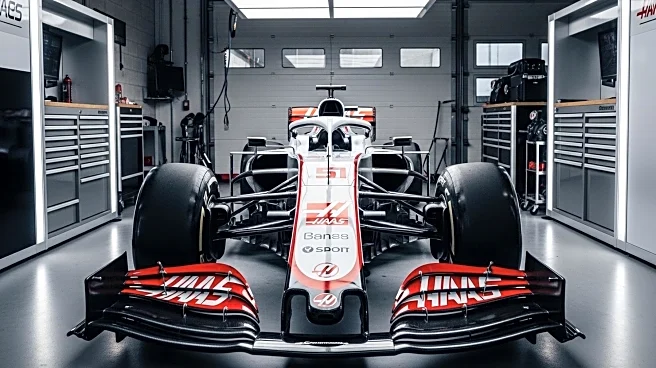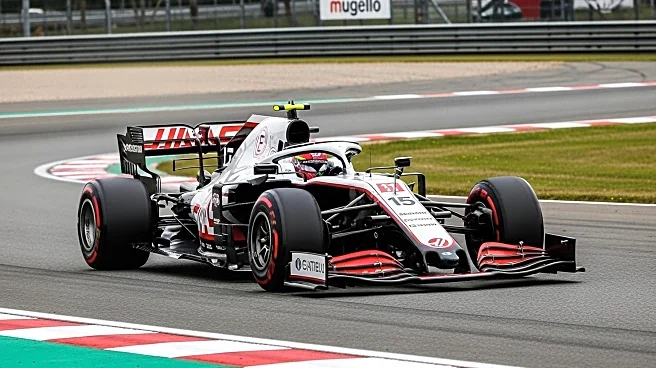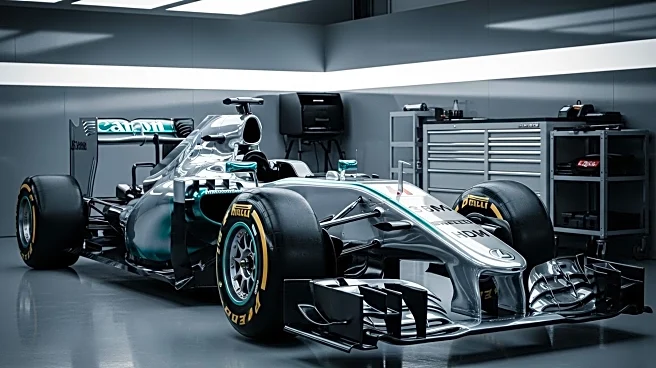What is the story about?
What's Happening?
Ferrari Formula 1 driver Charles Leclerc has voiced his opposition to the potential introduction of reverse grid formats during race weekends. Formula 1 is reportedly considering increasing the number of sprint races starting in 2027, following the announcement of six sprint events scheduled for 2026. The reverse grid concept is being explored as a means to attract a younger audience to the sport. Leclerc, however, expressed his belief that the current number of sprint races is sufficient and does not support the idea of reverse grids on regular race weekends. He suggested that if reverse grids were to be tested, it should be during sprint races, where the shorter format and fewer points at stake might allow for experimentation without altering the core DNA of Formula 1.
Why It's Important?
The discussion around reverse grids and sprint races is significant as it reflects Formula 1's ongoing efforts to innovate and appeal to new demographics, particularly younger fans. Leclerc's stance highlights a tension between maintaining traditional aspects of the sport and embracing changes that could enhance its appeal. The potential introduction of reverse grids could alter race strategies and outcomes, impacting teams and drivers who have built their success on current formats. Additionally, Leclerc's call for the return of V8 or V10 engines underscores a nostalgic desire among some drivers and fans for the sensory experiences that characterized earlier eras of Formula 1.
What's Next?
As Formula 1 continues to explore the possibility of reverse grids, stakeholders including teams, drivers, and fans will likely engage in discussions about the potential impacts on the sport's competitive dynamics. The governing body may conduct trials or seek feedback from various parties to assess the viability of such changes. Meanwhile, the debate over engine types and the nostalgia for V8 or V10 engines may persist, influencing future decisions about power unit regulations. The earliest potential reintroduction of these engines is projected for 2031, indicating ongoing deliberations about the sport's technological direction.
Beyond the Headlines
The consideration of reverse grids and engine types in Formula 1 raises broader questions about the balance between tradition and innovation in sports. Ethical and cultural dimensions may emerge as the sport navigates changes that could redefine its identity and appeal. The push for reverse grids could challenge established norms and provoke discussions about fairness and the essence of competition. Similarly, the nostalgia for older engine types reflects a cultural attachment to the sensory experiences that have historically defined the sport, highlighting the emotional connections that fans and drivers have with Formula 1's past.
AI Generated Content
Do you find this article useful?
